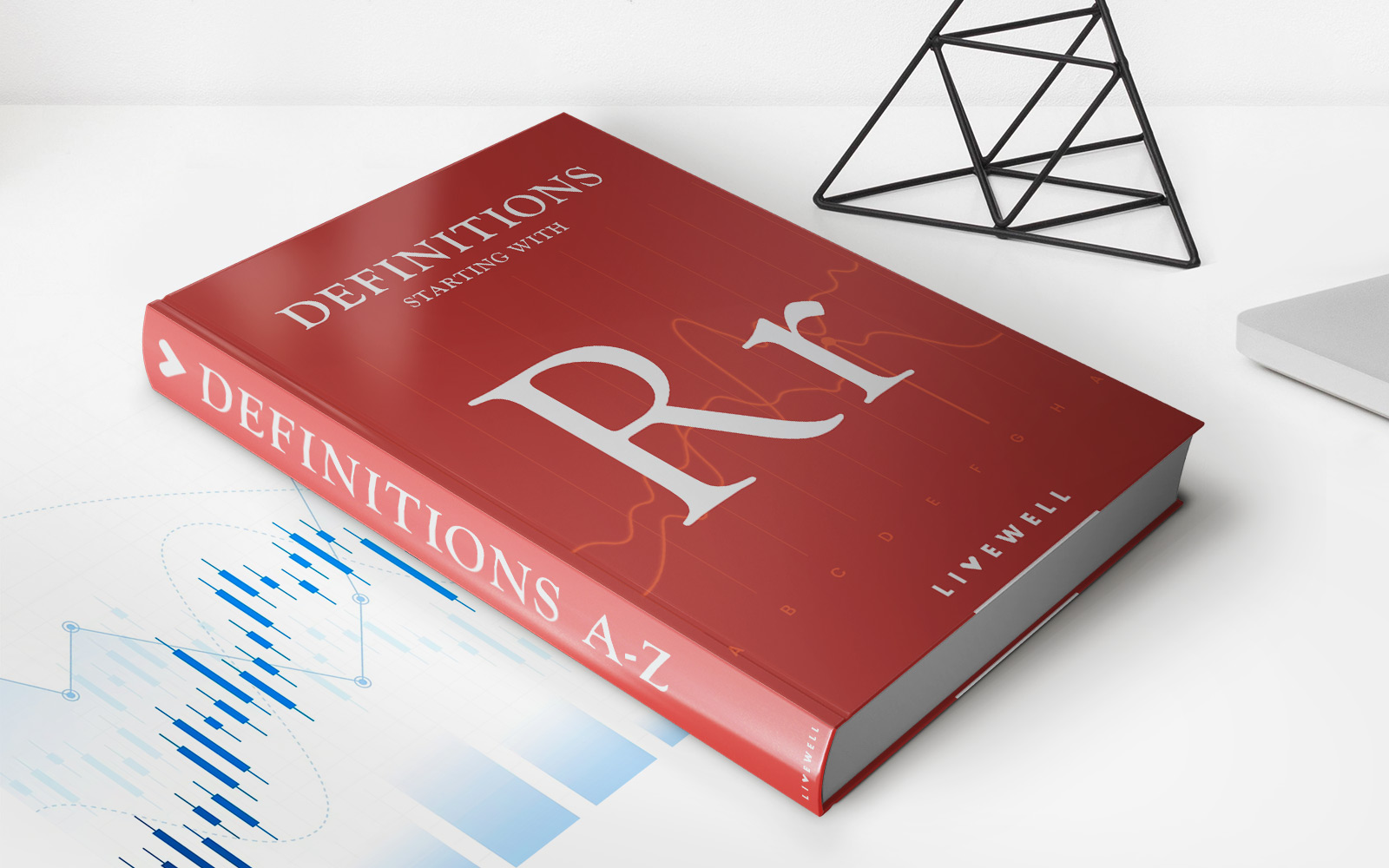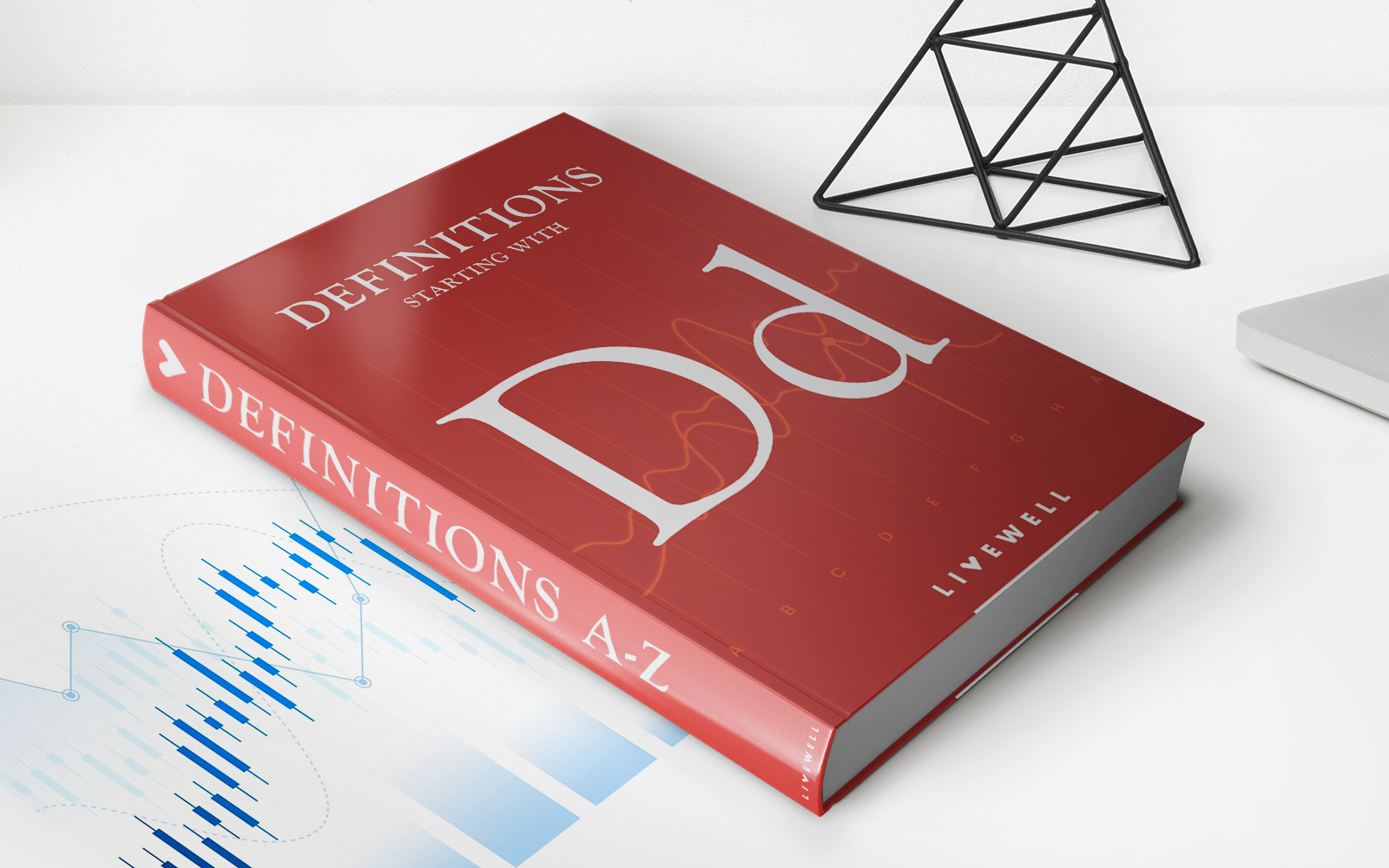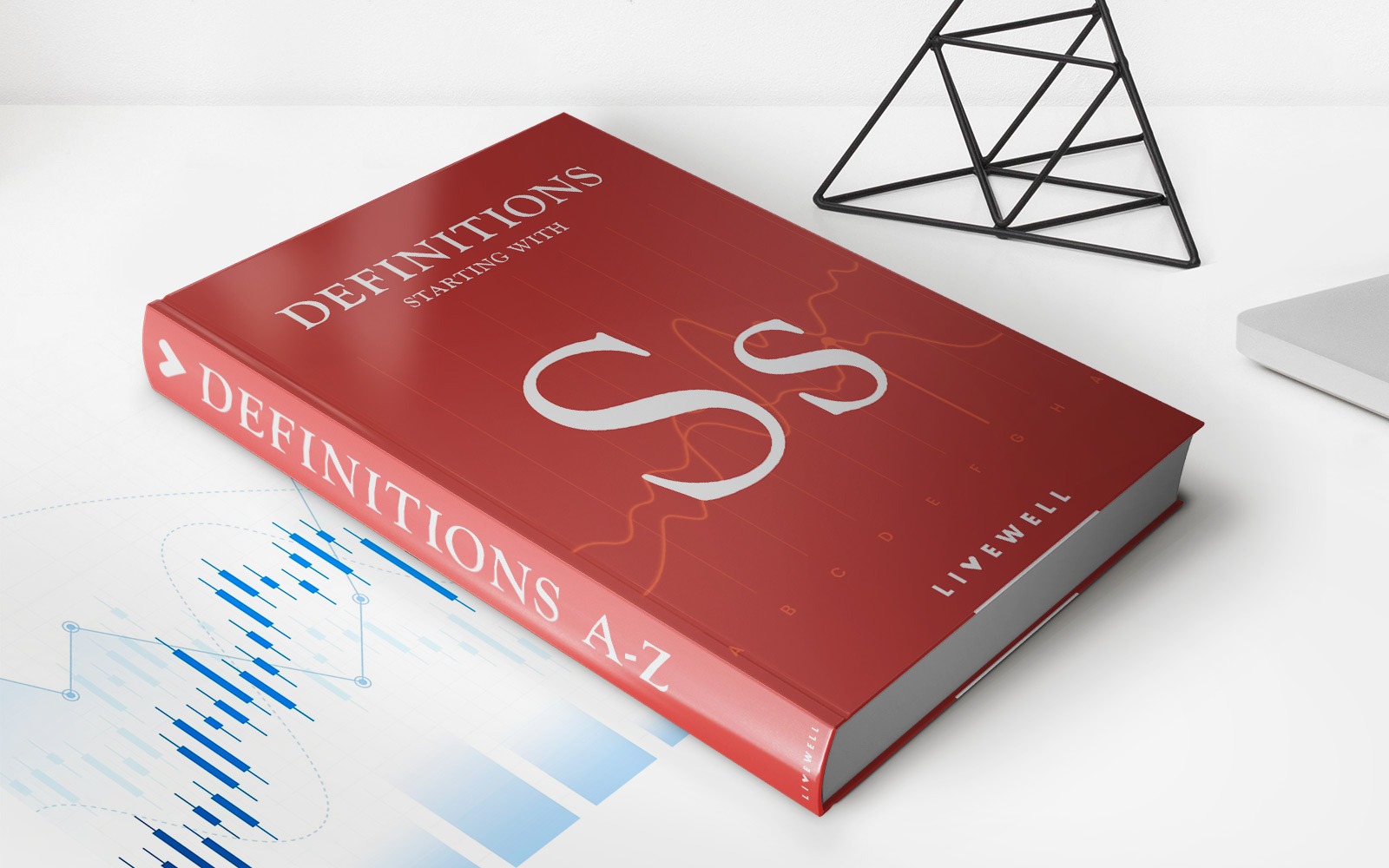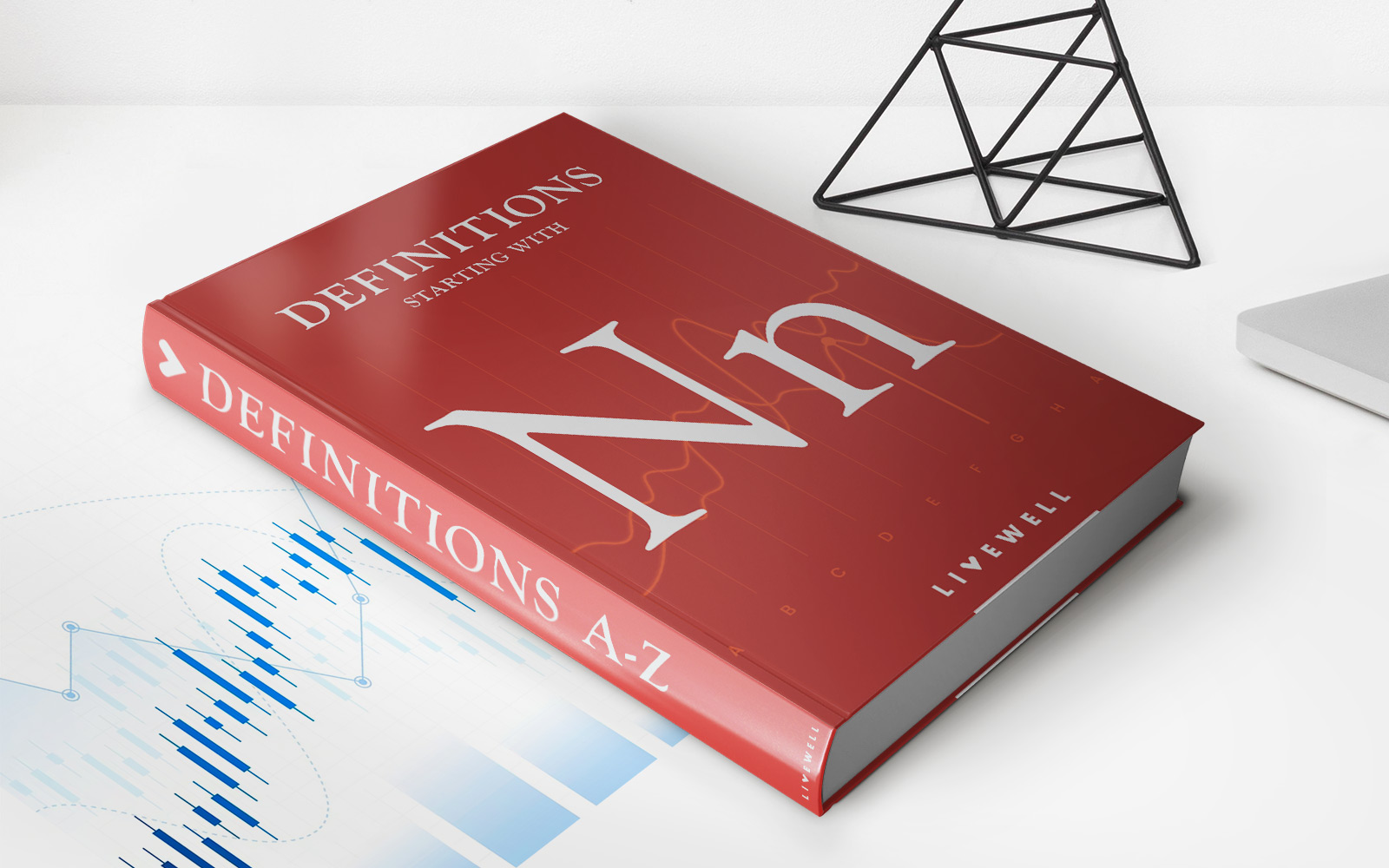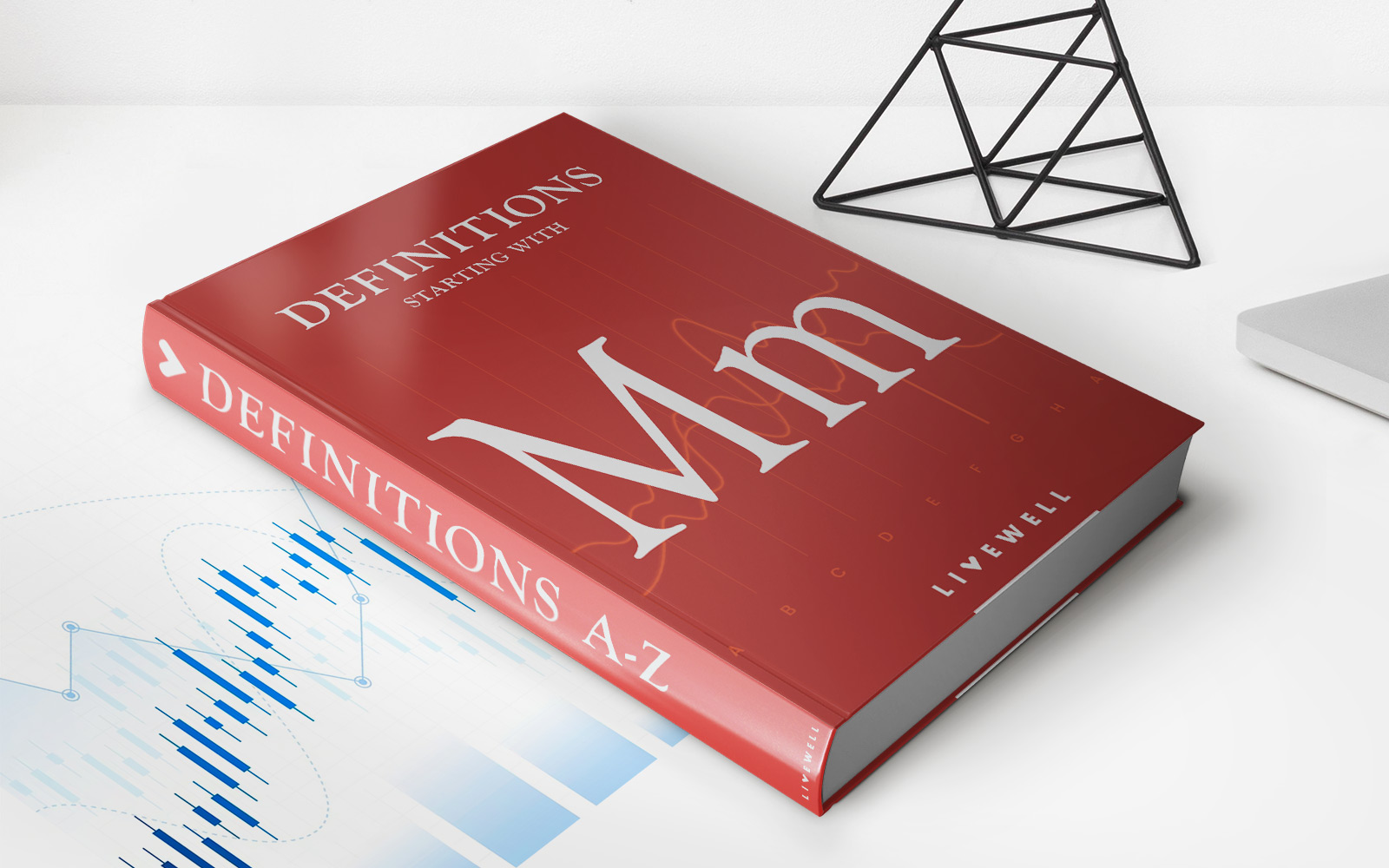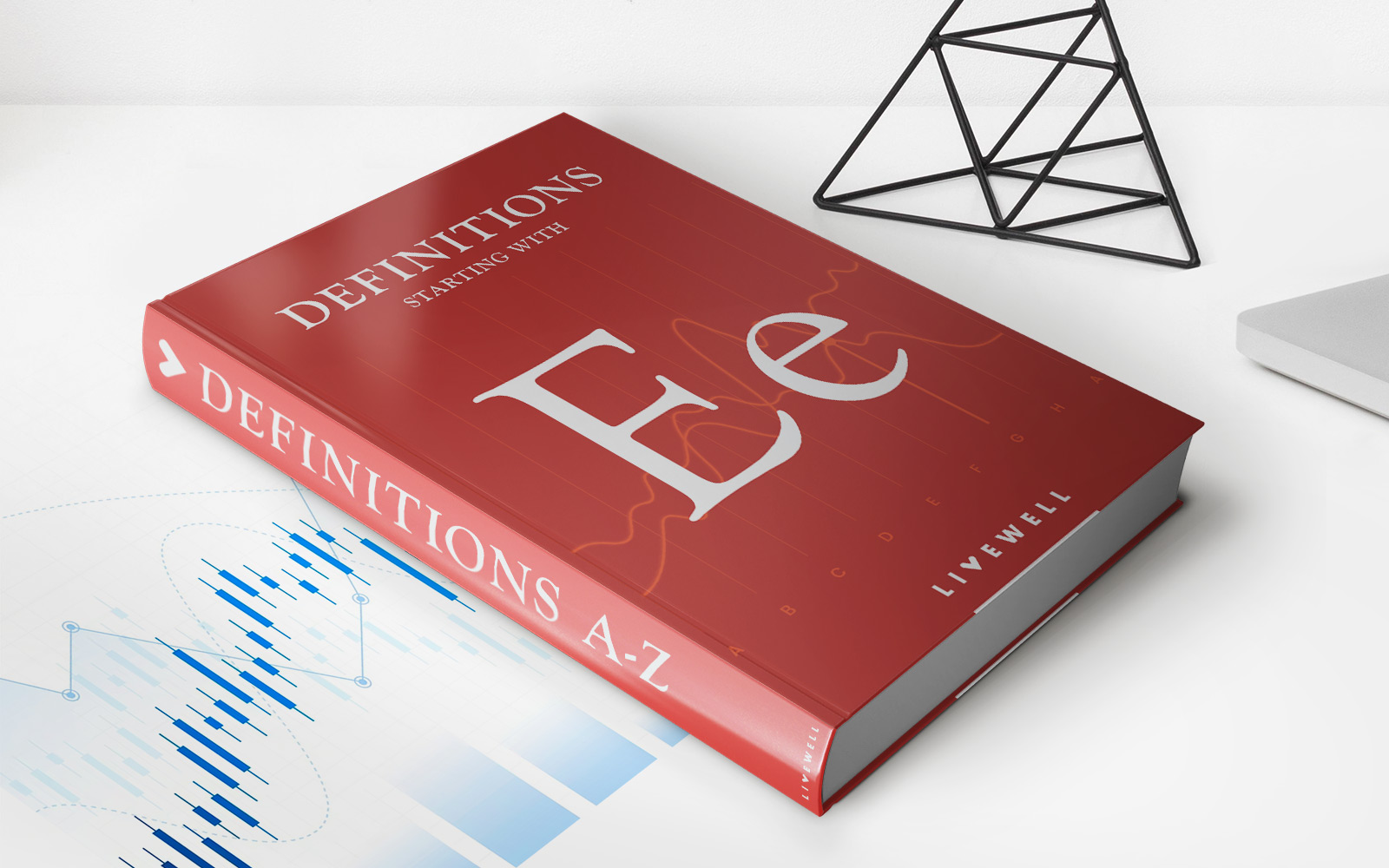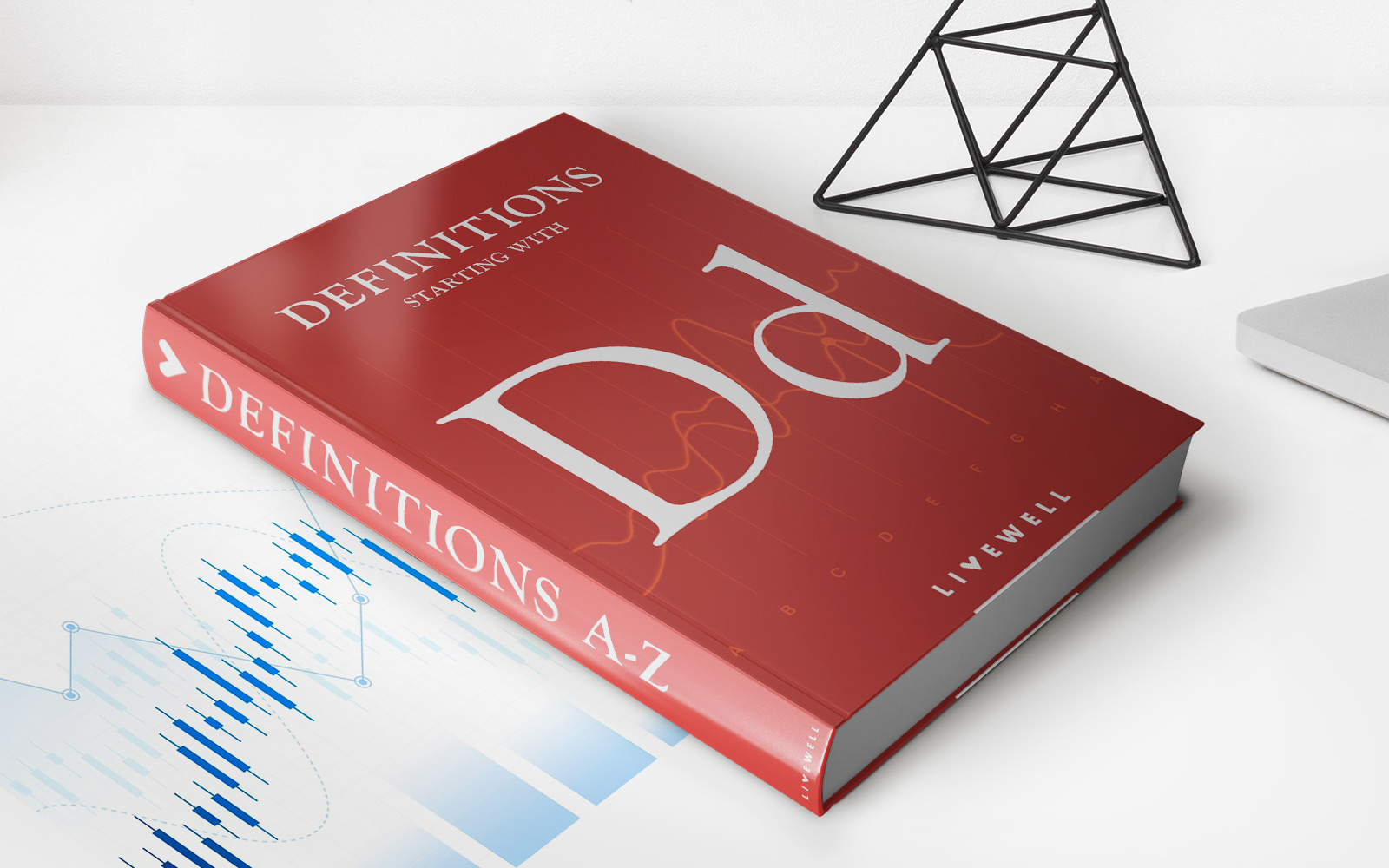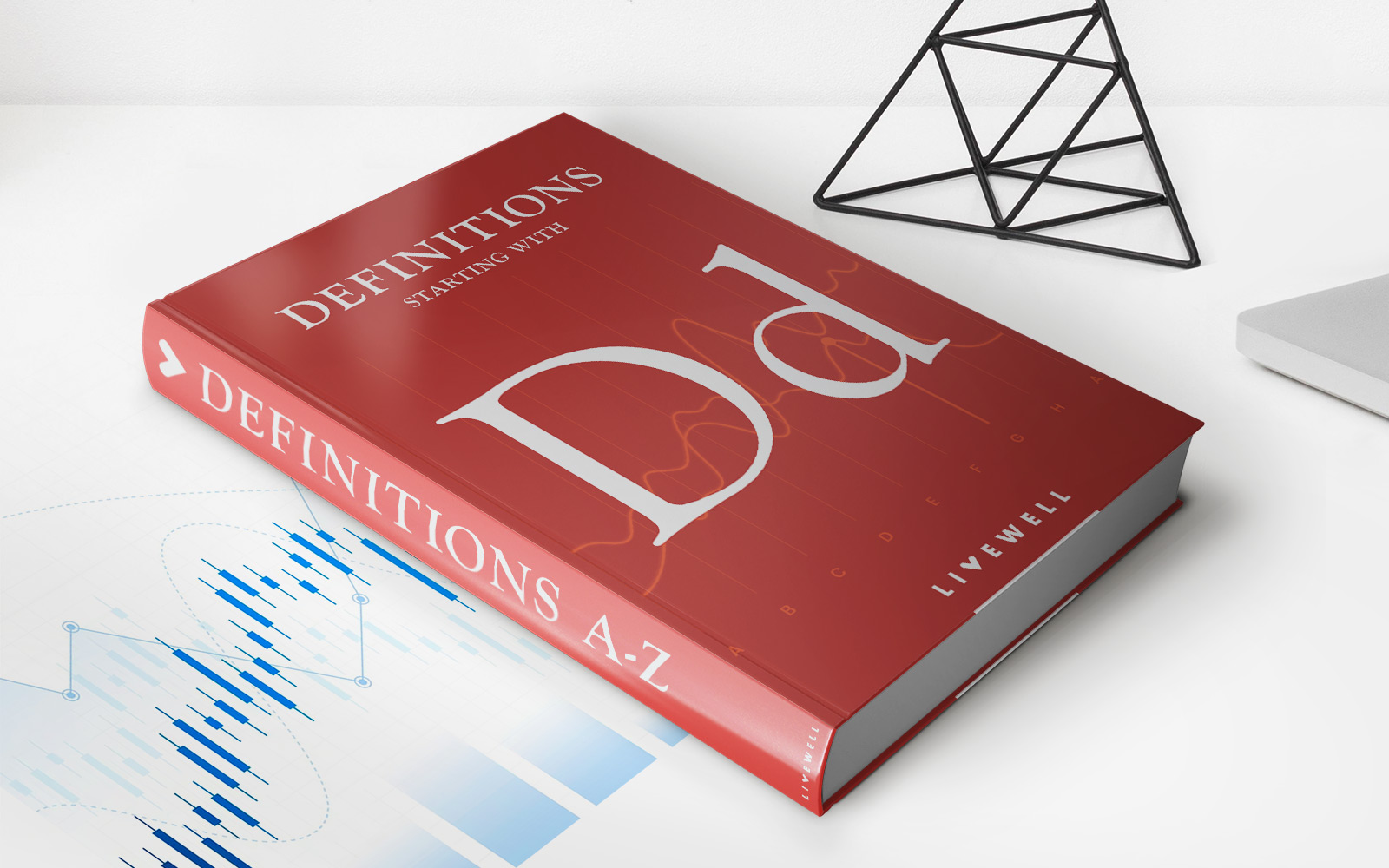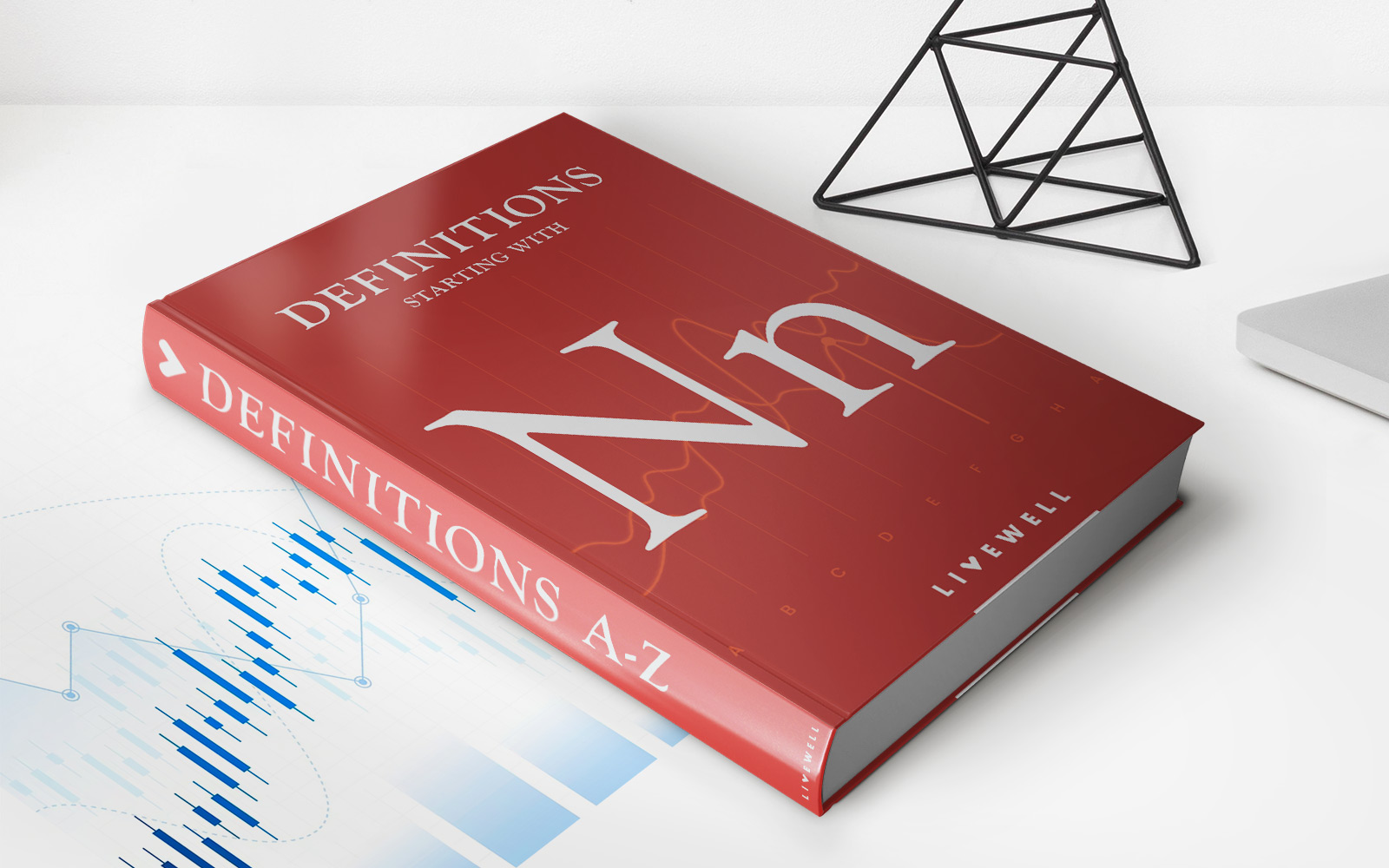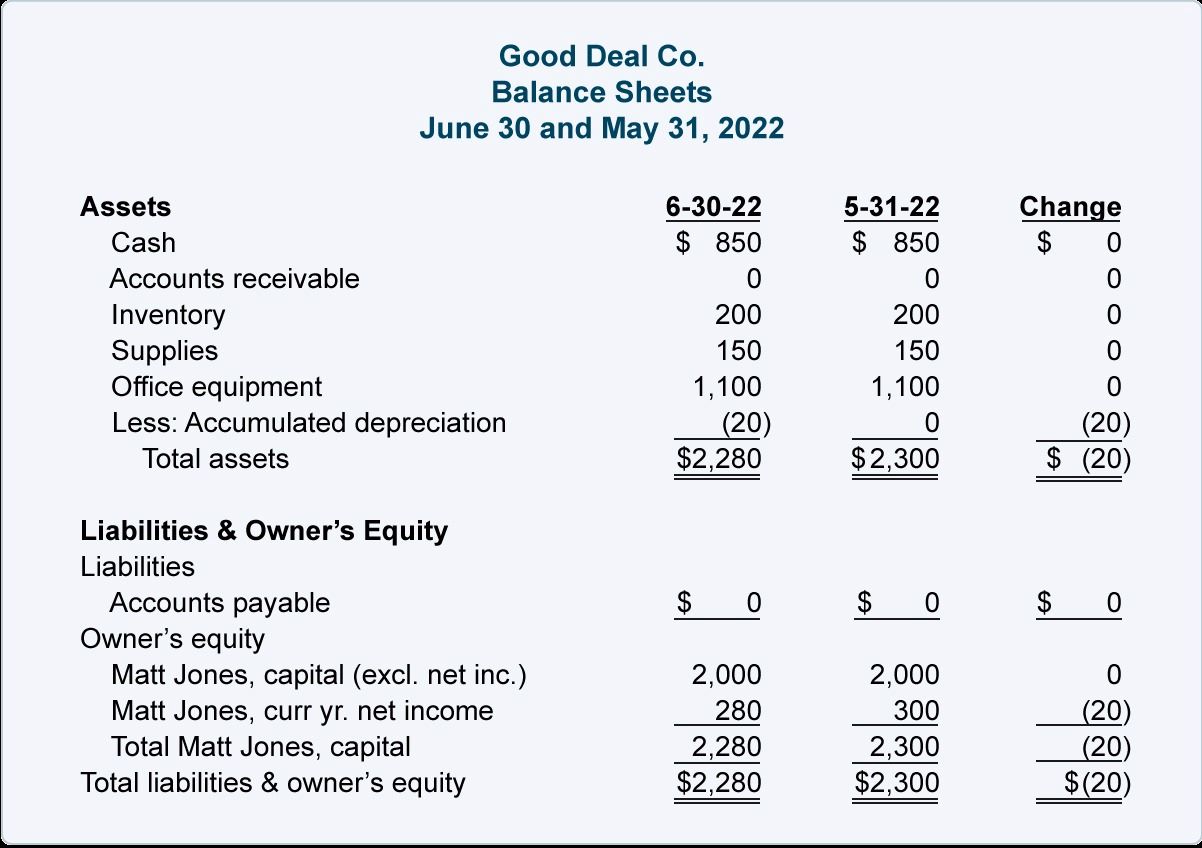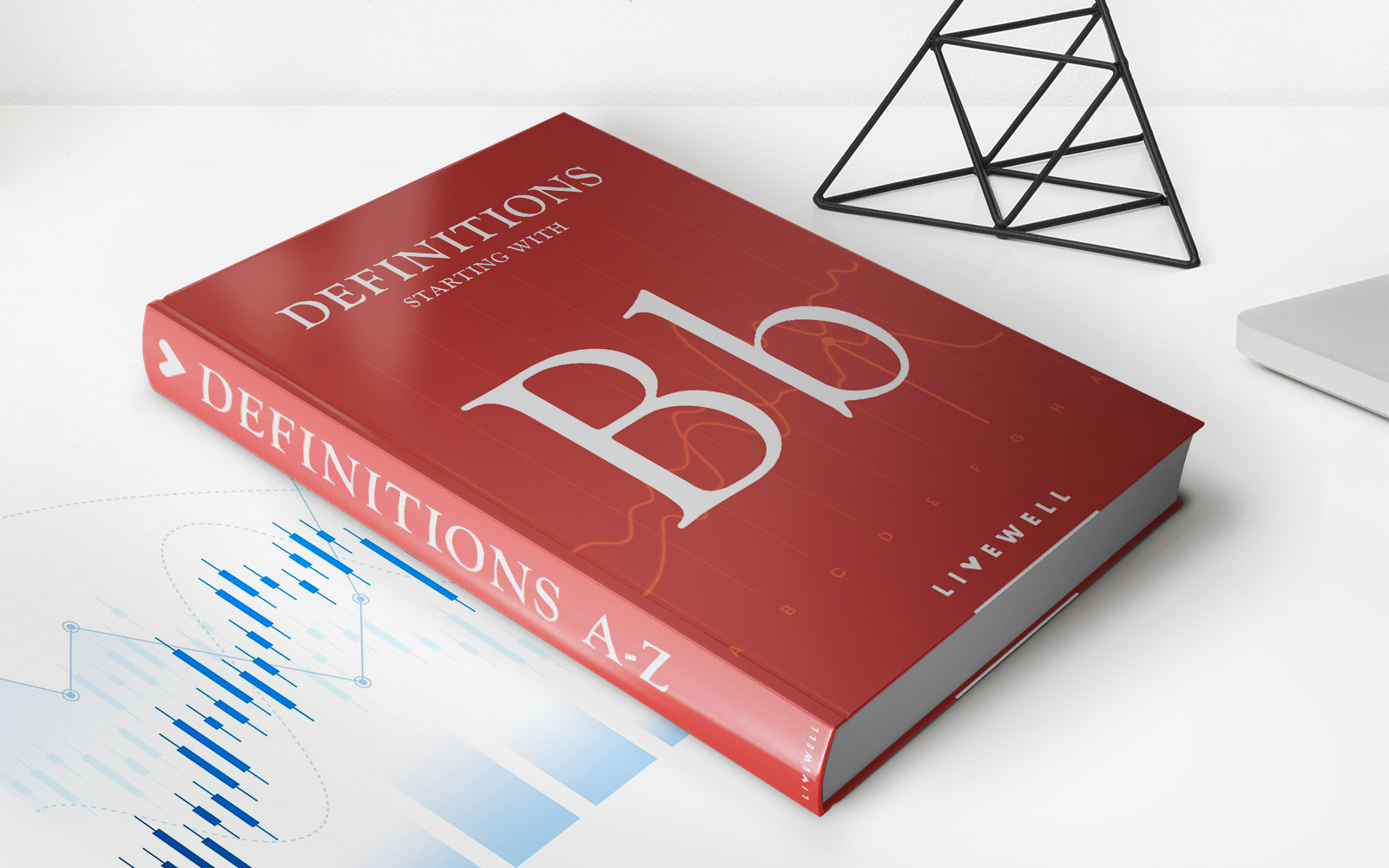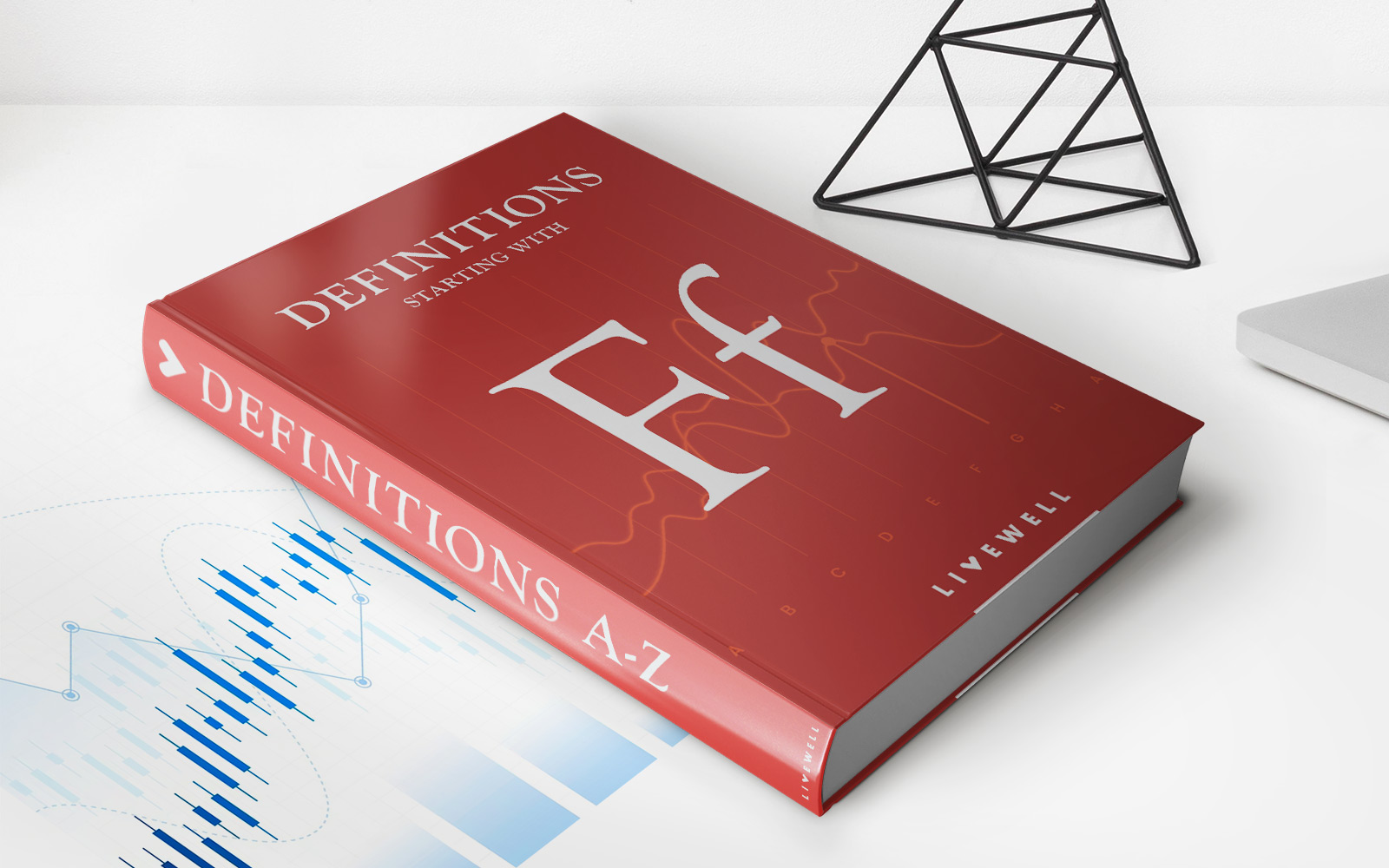Home>Finance>Heterodox Economics: Definition, Examples, Vs. Orthodox


Finance
Heterodox Economics: Definition, Examples, Vs. Orthodox
Published: December 4, 2023
Discover the definition and examples of heterodox economics, and understand how it compares to orthodox approaches. Explore the intersection of finance and alternative economic theories.
(Many of the links in this article redirect to a specific reviewed product. Your purchase of these products through affiliate links helps to generate commission for LiveWell, at no extra cost. Learn more)
Heterodox Economics: Breaking the Mold of Traditional Finance
When we think about finance, our minds often jump to the traditional, mainstream approaches to economics known as orthodox economics. However, there is a lesser-known but equally important field called heterodox economics that challenges and expands upon the traditional theories. In this blog post, we will explore the definition of heterodox economics, provide examples of its application, and highlight the key differences between heterodox and orthodox approaches. So, buckle up as we dive into this fascinating and thought-provoking field!
Key Takeaways:
- Heterodox economics challenges traditional mainstream economic theories and offers alternative perspectives.
- Examples of heterodox economics include post-Keynesian economics, institutional economics, feminist economics, and ecological economics.
What is Heterodox Economics?
Heterodox economics is a field of study that breaks away from the dominant theories and paradigms of orthodox economics. While orthodox economics focuses on neoclassical theories of supply and demand, rational choice, and free markets, heterodox economics believes that these theories are limited and do not capture the complexity of real-world economic systems.
Heterodox economists argue that various factors such as social, political, and historical contexts influence economic behavior and outcomes. They believe in the importance of examining power relations, social justice, and sustainability in economic analysis, going beyond the narrow focus on individual optimization and market efficiency.
Examples of Heterodox Economics
There are several branches of heterodox economics, each offering unique perspectives and theories. Here are a few examples:
- Post-Keynesian Economics: This branch builds upon the ideas of John Maynard Keynes, emphasizing the role of uncertainty, financial instability, and government intervention in the economy. Post-Keynesians argue that individual decisions are not solely driven by rationality but also by psychological and social factors.
- Institutional Economics: Institutional economists study the impact of institutions, such as laws, norms, and organizations, on economic behavior. They believe that economic systems are shaped by social and institutional structures, and individuals are influenced by these structures when making decisions.
- Feminist Economics: Feminist economists critique the traditional focus of economics on male-centric perspectives and argue for the integration of gender into economic analysis. They highlight gender disparities, unpaid labor, and the gendered division of work as crucial factors in understanding economic systems.
- Ecological Economics: Ecological economists explore the relationship between the economy and the environment. They question the notion of infinite economic growth and advocate for sustainable practices that consider the limits of natural resources and the impact of human activities on the planet.
Heterodox Economics vs. Orthodox Economics
Now that we have explored heterodox economics, it’s essential to understand how it differs from orthodox economics. Here are some key differences:
- Perspective: Heterodox economics takes a broader and interdisciplinary approach, considering social, political, and historical factors in economic analysis. Orthodox economics, on the other hand, focuses primarily on individual decision-making within the framework of market efficiency.
- Assumptions: Heterodox economics challenges the assumptions of rationality, perfect information, and market equilibrium that orthodox economics relies on. It recognizes that individuals may not always act rationally and that markets can experience imperfections and instabilities.
- Policy Recommendations: Heterodox economists often propose policies that promote social justice, sustainability, and a more equitable distribution of wealth. Orthodox economists tend to advocate for market-based solutions and limited government intervention.
Ultimately, heterodox economics offers alternative perspectives and frameworks that go beyond the traditional boundaries of finance. By challenging the assumptions of orthodox economics and exploring the complexities of economic systems, heterodox economists strive to create a more inclusive and comprehensive understanding of the world we live in.
So, the next time you delve into the world of finance, take a moment to explore the exciting field of heterodox economics and discover the possibilities it presents. Who knows, you might just find a whole new way of thinking about the economy!
